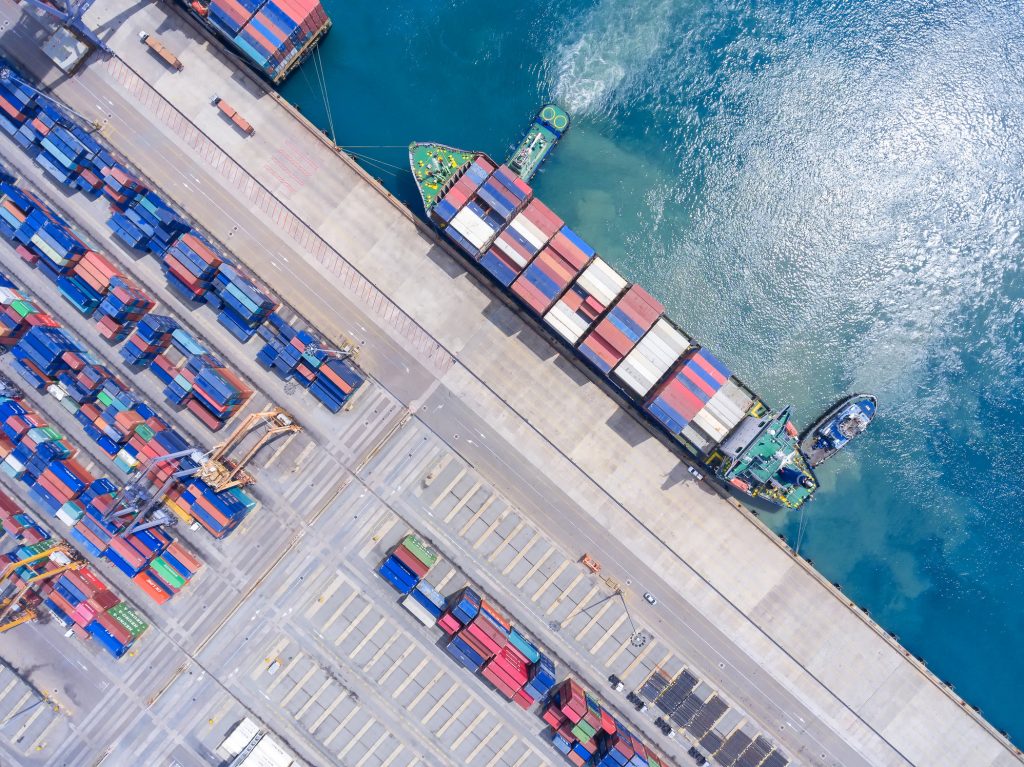Global shipbrokers and chartering agents IFCHOR reflect on the last ten years in the shipping industry.
The global shipping recession of the last decade continued through 2016 with market conditions remaining very challenging, as they have done since the onset of the financial crisis in 2008-2009, affecting most sectors of the shipping industry.
The industry has been impacted by slower world growth and seaborne trade which can be summarised by the following economic trends. First, China’s rebalancing away from import-intensive investment towards more consumption-led growth and politically driven economy. Secondly, economic and trade policy risks and uncertainties for advanced economies (Brexit shock, President Donald Trump’s world trade policy agenda). And finally, diverse growth rates between emerging market and developing economies (broadly stable in Asian and India, weaker than expected in some Latin American countries (Argentina and Brazil currently in recession) and sharp slowdown in sub-Saharan Africa.
If we are to look back at the last decade in shipping, we would notice a number of major milestones that have all had a great impact on the industry.
2007- 2008
The two key highlights for this two year period were the freight market boom and the U.S. subprime mortgage crisis. In May 2008 Ocean freight rates boomed to an all-time high (11,793 on the Baltic Dry Index), but then in December 2008 the global financial crisis hits the shipping Industry. Also in 2008, the volume of the global shipping loans market (transaction volume) reached over US $90 billion. HSH Nordbank was the leading shipping bank with a portfolio in excess of US$ 50 billion.
2009 – 2010
This period was dominated by the trade finance crisis and subsequent collapse of world trade.
The economic and financial crisis that shook the world economy in the closing months of 2008 produced a global recession in 2009 that resulted in the largest decline in world trade in more than 70 years. During the spring of 2009, the estimated number of ships in lay-up was around 1,000. An exact number was never available, as shipowners were reluctant to confirm their ships were laid-up. More than 1,000 ships were sold for demolition during 2009 compared to about 400 in 2008.

2011-2013
During these two years, we noticed a transition from recent years’ record high shipyard output to a more sustainable level of output. Part of this soft landing was evident from the shifting focus on shipping segments away from the mainstream merchant vessels like dry bulkers, tankers and container ships towards work vessels that primarily serve the offshore oil industry. In 2013, the offshore orderbook was the only one which was higher compared to 15 months ago. Also in 2013, China launched its One Belt, One Road initiative. A vital initiative for shipping, ‘One Belt, One Road’ (OBOR) is a Chinese economic and strategic agenda by which the two ends of Eurasia including Africa and Oceania are being more closely tied along two trade routes – one overland and one maritime. China is spending roughly $150bn a year in the 68 countries that have signed up to the scheme.
2015 – 2016
The keenly expected recovery of dry bulk shipping segment in 2015 / 2016 failed to materialize with vessel values collapsing and cash flows turning negative. In February 2016, the Baltic Dry Index fell about 98 percent from its peak of 11,793 points in May 2008 to 290 points marking the lowest level since the records began in 1985. The charter market for oil tankers also witnessed a fall in 2016 from previously healthy year due mainly to a negative imbalance of fleet and trade growth. The container segment was less fortunate. The shipping industry experienced its first major corporate casualty over the last 30 years – the demise and collapse of Hanjin Shipping.
2017
Private Equity Funds are starting to become a more prominent feature of the ship finance and shipping investment landscape (Apollo, Tufton Oceanic, RMK Maritime, Tennenbaum Capital Partners, Breakwater / Hayfin, Northern Capital). European Banks seen exiting shipping, severe lack of traditional bank lending, the collapse of the KG system accelerating the departure of many German banks and China’s lenders move in on shipping business. Meanwhile, freight markets have begun returning to a phase of gradual recovery, while the IMO launched an initiative for a ‘greener’ future for shipping. Cleaner fuels (low Sulphur content) and technologies (Ballast water treatment systems that aim to minimise negative environmental impact on aquatic organisms). In September 2017 – IMO Ballast Water Management Convention entered into force, with 1 January 2020 set as the implementation date for a significant reduction in the Sulphur content (0.5 percent) of the heavy fuel oil consumed by ships.
* This article was submitted by IFCHOR to the MarineTraffic 10th anniversary magazine published in November 2017.
